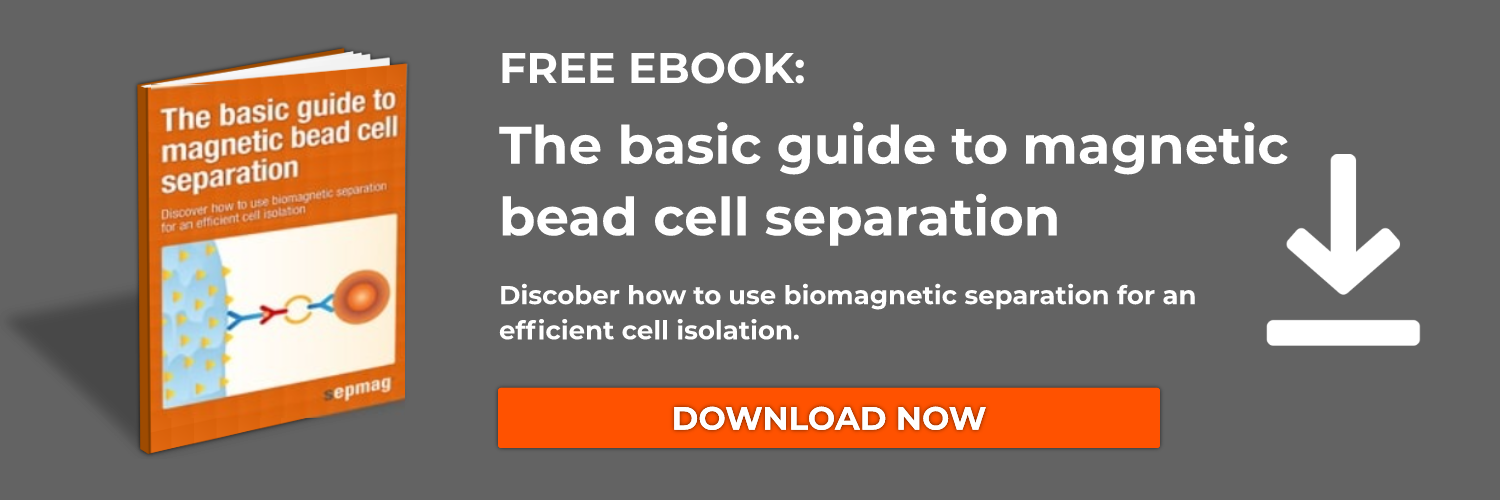Janus Particles and anisotropy
Janus particles (JPs) have two or more properties or functions wrapped up into one package. There are many different synthesis methods, properties, and applications for JPs. Anisotropy is defined as an object having a different physical property or different value when measured in different directions. Janus particles are anisotropic. Their properties are asymmetric. They can have a hydrophobic face and a hydrophilic face. They can have magnetic properties as well as optical reporters on the same particle. JPs can have different optical properties on either side. They can have different ligands on opposing faces. It is anisotropy that makes them useful tools for biosensing and bioseparation. One particle with multiple functionalities is often more useful than an isotropic particle with one property.
In a research paper from 2005 entitled “Biphasic Janus particles with nanoscaleanisotrophy,” researchers used electrohydrodynamic jetting to create nanocolloids with JP character. These nanocolloids were biphasic, meaning that the particles had two regions with differing properties. The researchers used electrohydrodynamic jetting to create JPs of 170 nanometers in diameter. The standard definition of nanoscale is that one dimension of the object must be less than 100nm in size. These JPs are therefore not technically nano, but the researchers called them nanocolloidsbecasue they are smaller than typical colloids.
Synthesizing Janus Particle nanocolloids by electrohydrodynamic jetting
Electrohydrodynamic jetting is one method to synthesize JPs. In this process, two parallel streams of polymer solutions are fed into a small electrically charged opening or cone. The polymers do not mix; they simply flow next to each other. When they flow through the opening they enter an electric field and are stretched thinner and thinner until the flow cannot be sustained and they break into tiny droplets. These droplets are composed of the two unmixed polymers. The size, shape, and relative amount of each polymer can be controlled by flow rate, electric field strength, and properties of the polymer such as viscosity, conductivity, and surface tension.
The group was able to create particles of different shapes by altering the relative amounts of polymer A and polymer B in the stream. They created particles with an eyeball shape and a spindle shape in addition to a spherical shape. Polymer A was polystyrene sulphonate in a solution of polyethylene oxide (PEO) and polymer B was polyethylene imine in a solution of PEO.
The group demonstrated that it is possible to synthesize Janus particles containing different molecules on either face. They loaded green fluorescent dextran into one stream and red fluorescent dextran into the parallel stream. The biphasic Janus particles formed by electrohydrodynamic jetting fluoresced red on one side, and green on the other.
The group also created Janus Particles with amine functional groups in one phase. One polymer included amino –dextran, which created free amine groups on the surface of the particle. These amine groups could covalently bind a molecule called BODIPY. After synthesis these JPs could be modified with a ligand that bound to the amino groups specifically. The binding was covalent, and non-specific binding was not observed. Therefore, it is possible to synthesize nanoscale biphasic Janus particles with anisotropic control of selective ligand modification on only one side.
Related news





